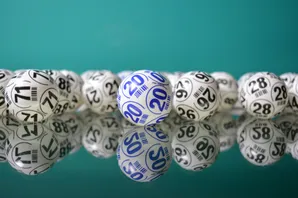
Imagine you’re playing a low-stakes cash game or tournament, and you raise with pocket eights from early position. Two players in middle position call. They’re relatively nondescript, and you don’t have much history with them.
The flop comes with an eight, giving you a set. It also brings a queen, jack, and a spade flush draw. You continuation bet, using a larger bet size against bad players since they typically won’t fold with just top pair. This bet might not be balanced, but it’s effective because these players aren’t going to fold to a single bet with a pair.
One player calls your bet. The turn brings in a low spade, completing the flush draw for your opponent.
What should you do now?
-
Bet the Turn: Against mediocre players, it’s still a good idea to bet on the turn. Many low-stakes players have a hard time folding top pair or second pair, even when the flush draw completes. Your bet puts pressure on them, and you can still extract value from worse hands that might call.
What about if you face a raise?
-
Handling a Raise: The only hands that can realistically raise the turn are flushes. However, a raise doesn’t automatically mean you should fold, especially if the raise is small.
-
Read Your Opponent: Many players at low stakes are quite straightforward. They’ll typically call with top or second pair on the turn and only raise on the river if they hit their flush. So, don’t assume you’re up against a flush every time someone raises.
Key takeaway: Don’t be afraid to bet your set on the turn for value, even when the flush draw completes. Many players in low-stakes games won’t raise with top pair or second pair, and you’ll be able to extract more value from them by continuing to bet. Flushes will raise, but that happens only a small percentage of the time.
By betting, you avoid checking back and missing value, which many players do when they hold sets. So keep betting, and get value from those top pairs and second pairs that won’t be folding to you.











